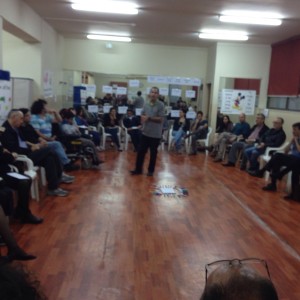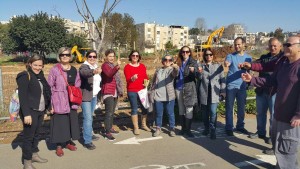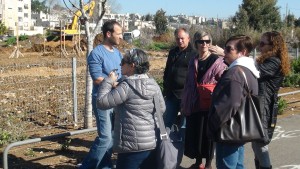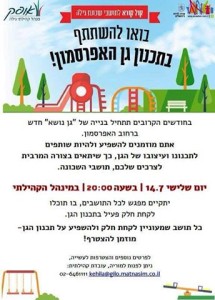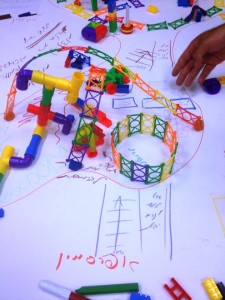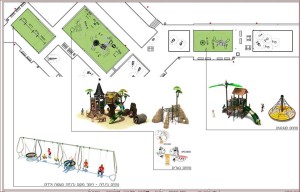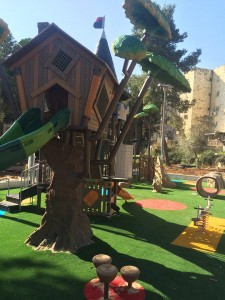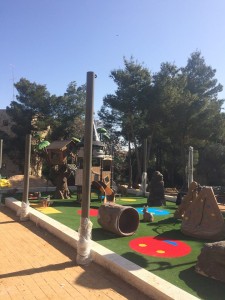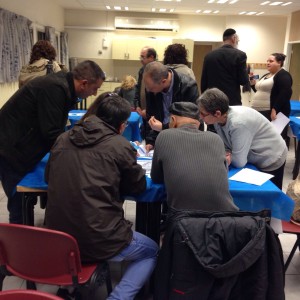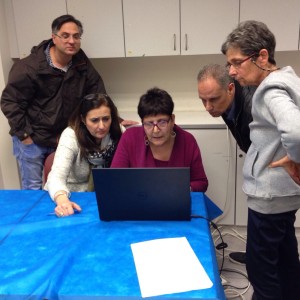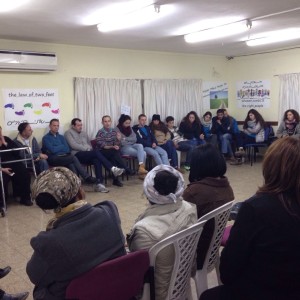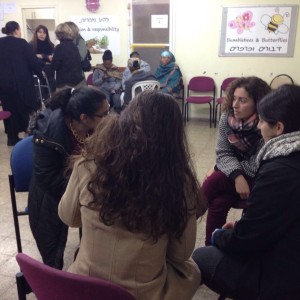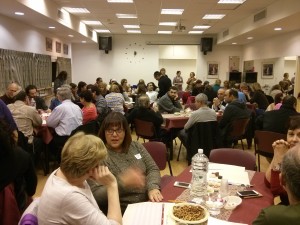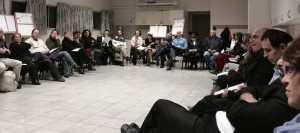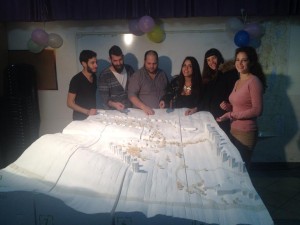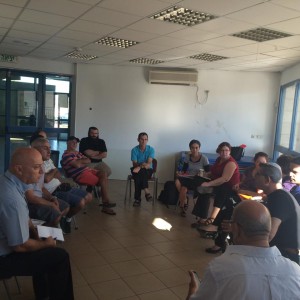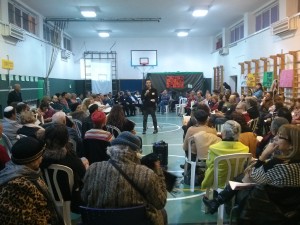Baka’a Open Space Town Meeting
We’re back in Baka’a! We worked intensively with the Baka’a Community Council a few years ago, and more recently have focused on specific nearby projects and areas such as the Railway Park, Talpiot, Abu Tor. But we’ve come back home, helping the community council to hold a community town meeting using Open Space Technology to re-jump community initiatives.
There were about 30 residents – young and old, immigrants from the US and France, religious and secular, as well as a group of youth in wheelchairs from the “Step Forward” organization.
This meeting on March 2, 2016, brought up 12 different initiatives: a group to accompany children walking to school; developing edible forests; activities for immigrant youth from France; mutual assistance in the neighborhood; wall gardening; development of groups to advance tolerance in the neighborhood, and more.
Capacity building is one of the most important aspects of our Deliberative Democracy work in Baka’a – both with the residents and with the professional staff as well. Our job is that of mentor, helping the staff help the residents help themselves. Stay tuned for more developments!

